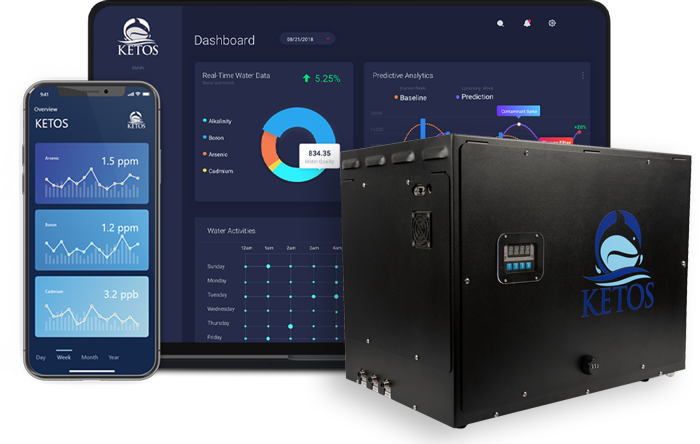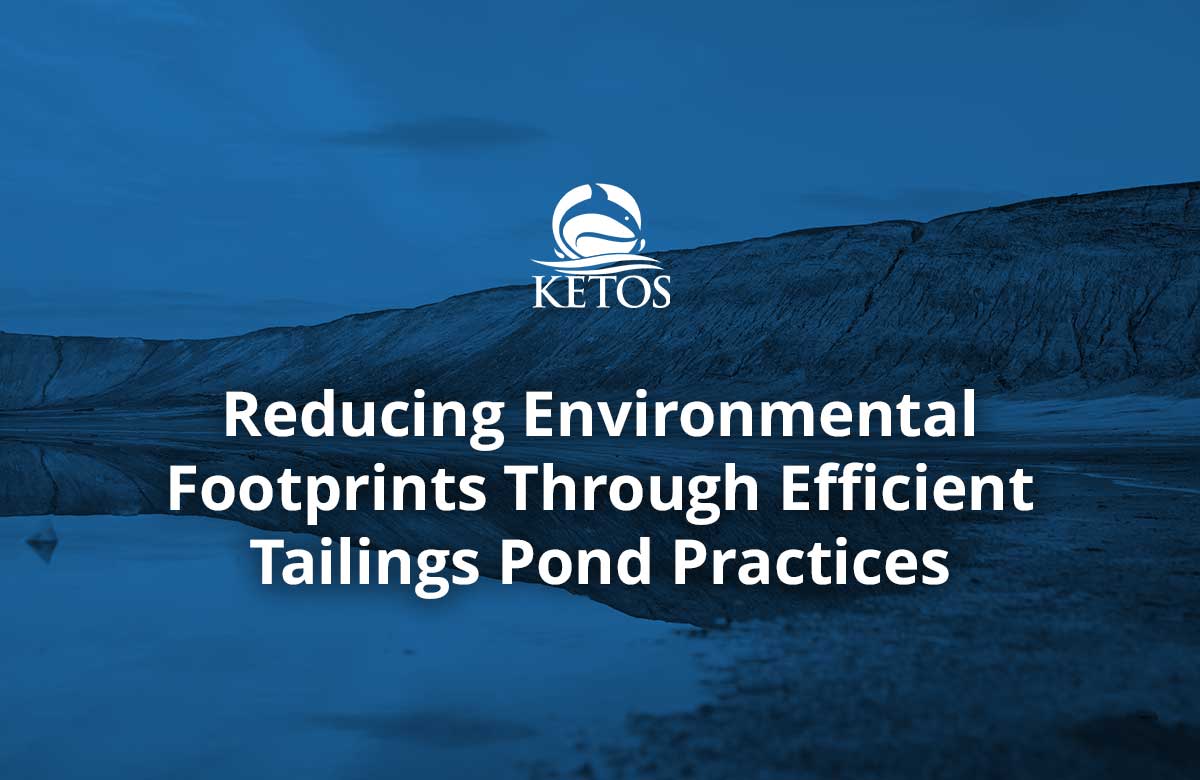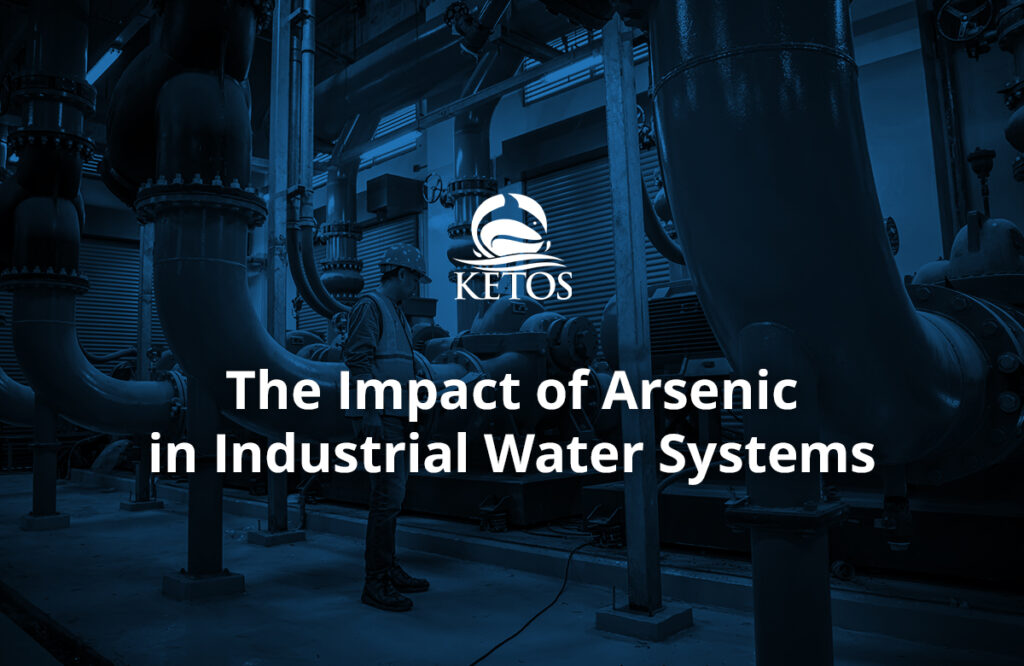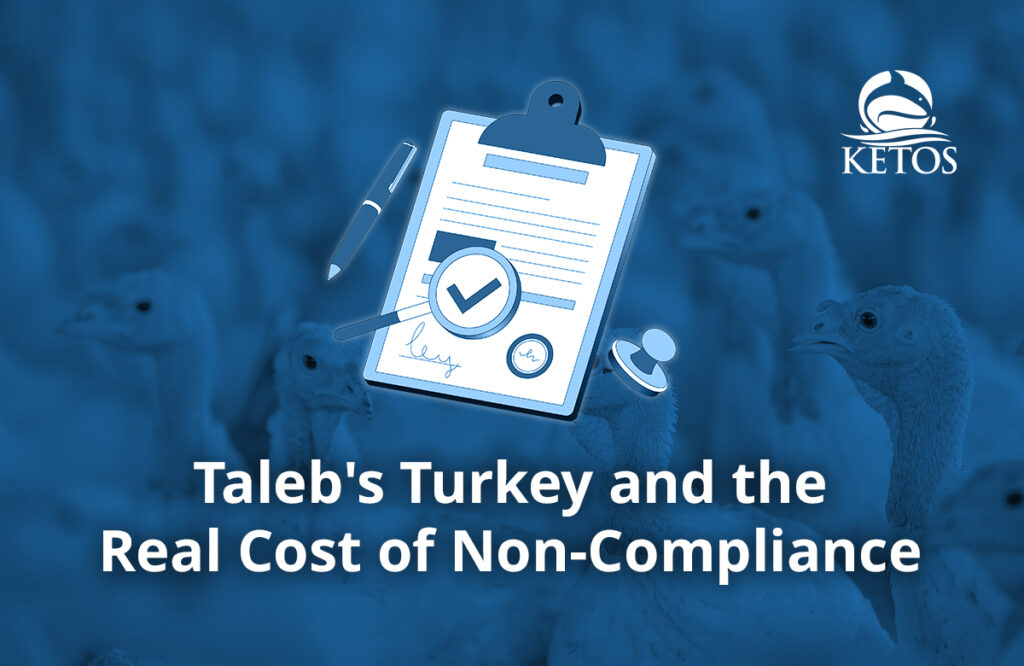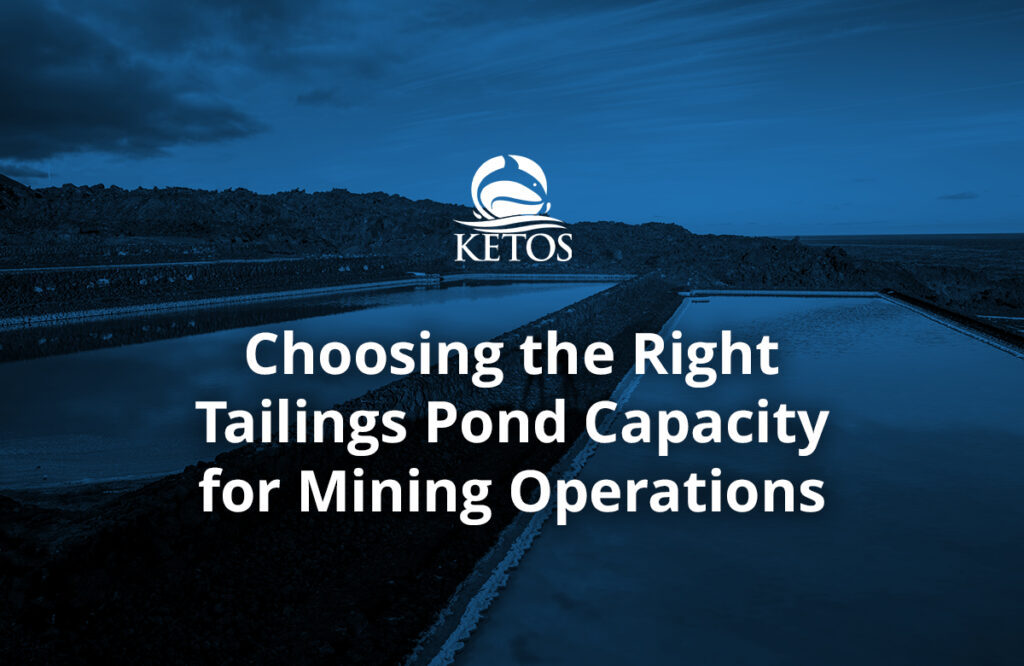Mining operations produce large volumes of waste materials, including tailings, the byproducts left after ore extraction. Poorly managed tailings ponds can cause significant environmental damage, including water contamination, land degradation, and ecosystem disruption. Adopting efficient tailings pond practices is essential for minimizing environmental impact, improving mining efficiency, and promoting sustainable resource management.
Challenges and Concerns Associated with Tailings Ponds
Tailings ponds are essential for managing mining waste, containing water, fine rock particles, and residual chemicals from ore extraction. However, poor management poses risks to ecosystems and mining operations alike. Their structural integrity, high water demand, and ongoing maintenance make tailings management a complex yet critical aspect of sustainable mining. Failures can lead to environmental damage, legal liabilities, and financial losses.
Key challenges include:
- Water Contamination: Seepage from tailings ponds can introduce heavy metals and toxins into groundwater and surface water. Without proper lining and treatment, these contaminants persist for decades, harming aquatic life and human health.
- Dam Failures: Structural instability due to excess water, seismic activity, or poor design can cause catastrophic breaches. If a tailings dam collapses, it releases vast amounts of slurry, devastating communities, farmland, and waterways.
- Excessive Water Usage: Traditional tailings management consumes large amounts of water for waste transport and storage. This strains freshwater resources and limits recycling efforts, especially in arid regions.
- High Maintenance Costs: Continuous monitoring, treatment, and rehabilitation increase operational expenses. Mines must invest in liners, leak detection, and long-term impact assessments to ensure compliance and prevent costly failures.
Innovative Approaches to Tailings Management
Modern mining operations are shifting towards advanced tailings management techniques that improve efficiency and sustainability.
Dry Stack Tailings
Dry stacking involves dewatering tailings to produce a solid material that can be stacked and reclaimed. Benefits include:
- Eliminates the need for large tailings ponds, reducing land and water usage.
- Enhances stability, significantly lowering the risk of dam failures.
- Facilitates land rehabilitation and ecosystem restoration.
Thickened and Paste Tailings
This method increases the solids concentration in tailings, minimizing water content and reducing seepage risks. Advantages include:
- Lower environmental impact due to reduced water consumption.
- Improved containment and long-term stability.
- Enhanced possibilities for underground backfilling applications.
In-Pit Tailings Storage
Using exhausted mining pits for tailings disposal offers a cost-effective and environmentally friendly alternative. This approach:
- Reduces the need for additional land disturbance.
- Improves tailings containment, minimizing the risk of seepage.
- Allows for safer, long-term tailings storage.
Enhancing Mining Efficiency Through Waste Reduction
Effective tailings management not only minimizes environmental impact but also improves operational efficiency. By reducing waste and optimizing resource use, mining operations can lower costs, increase sustainability, and maximize material recovery. Implementing innovative waste reduction strategies enhances productivity while mitigating long-term liabilities.
- Water Recycling: Advanced dewatering systems recover up to 90% of water, significantly reducing freshwater consumption and supporting sustainable water management.
- Mineral Recovery: Tailings reprocessing techniques extract valuable residual minerals, increasing yield and reducing the need for new ore extraction.
- Lower Maintenance Costs: A reduced tailings volume leads to lower long-term monitoring, treatment, and rehabilitation expenses, improving overall cost efficiency.
Eco-Friendly Solutions for Tailings Ponds
Mining operations today must find a balance between profitability and environmental stewardship. Conventional tailings pond management can lead to water contamination, excessive resource consumption, and ecosystem damage. To address these challenges, the industry is turning to sustainable strategies for managing tailings ponds, which focus on reducing environmental impact while enhancing operational efficiency. By adopting innovative approaches, mining companies can improve waste management, conserve water, and ensure long-term ecological stability.
Incorporating eco-friendly tailings management strategies supports site rehabilitation, strengthens regulatory compliance, and maximizes resource recovery. These approaches not only help reduce long-term liabilities but also pave the way for a more sustainable future in mining.
Bioremediation: Harnessing Nature for Tailings Rehabilitation
Bioremediation uses microorganisms and plants to break down toxic contaminants in tailings ponds. This natural process restores soil and water quality without relying on chemical treatments. It also accelerates ecosystem recovery, making it a cost-effective solution.
Hyperaccumulator plants, such as willows and certain grasses, absorb heavy metals from soil and water, gradually detoxifying contaminated areas. Specific bacterial strains can also metabolize pollutants like cyanide and sulfates, further enhancing tailings remediation.
Automated Water Quality Monitoring: Proactive Contamination Prevention
Real-time water quality monitoring is transforming tailings management. Advanced sensor-based systems continuously track key parameters like pH levels, dissolved heavy metals, and total suspended solids. These systems provide instant alerts, allowing operators to address contamination risks before they escalate.
AI-driven analytics and predictive maintenance further enhance monitoring efforts. By automating data collection and reporting, mines can improve regulatory compliance, reduce operational downtime, and prevent costly environmental incidents.
Tailings Reprocessing: Transforming Waste into a Valuable Asset
Reprocessing tailings turns mining waste into an asset. Many older tailings deposits contain valuable minerals that were not efficiently extracted during initial processing. Modern recovery technologies allow companies to extract remaining metals like copper, gold, and rare earth elements.
This process generates additional revenue while reducing the footprint of tailings storage. It also minimizes the need for new mining activities, making it a sustainable approach to resource utilization.
Phytoremediation: Using Plants to Restore Mine Sites
Phytoremediation is another natural method for stabilizing tailings ponds. Certain plant species can extract, store, and neutralize heavy metals within their biomass, gradually improving soil health and reducing toxic leachate.
This technique is particularly valuable for abandoned mine sites, where traditional remediation methods may not be economically feasible. Over time, phytoremediation transforms degraded land into a more stable and productive ecosystem.
Water Recycling and Sustainable Tailings Management
Water conservation is critical in mining, especially in regions facing water scarcity. Advanced dewatering technologies can recover up to 90% of water from tailings, reducing consumption and environmental impact.
Closed-loop water recycling systems ensure extracted water is treated and reused. This reduces reliance on external freshwater sources, making mining operations more efficient and sustainable.
Planning for Closure and Long-Term Rehabilitation of Mines
Sustainable tailings management extends beyond active mining operations. Proper mine closure planning ensures that tailings ponds do not pose long-term environmental risks.
Rehabilitation efforts include engineering stable covers, reintroducing native vegetation, and restoring natural hydrology. Proactively planning for site rehabilitation allows mining companies to transform former tailings ponds into productive landscapes.
How KETOS Supports Sustainable Mining Operations
Effective tailings pond management requires precise monitoring and data-driven decision-making. KETOS provides a revolutionary approach to water quality monitoring, enabling mining companies to track key parameters in real-time, optimize water usage, and enhance sustainability.
With the KETOS SHIELD, mining operations can:
- Monitor heavy metals, pH, dissolved solids, and other water quality indicators in real-time.
- Ensure compliance with environmental regulations through automated alerts and predictive analytics.
- Reduce the costs associated with manual water testing and regulatory reporting.
- Implement proactive maintenance strategies to prevent contamination events.
Partner with KETOS to transform your tailings management strategy with cutting-edge water monitoring technology.
Request a demo today and see how real-time insights can help you achieve sustainability, compliance, and operational efficiency.
